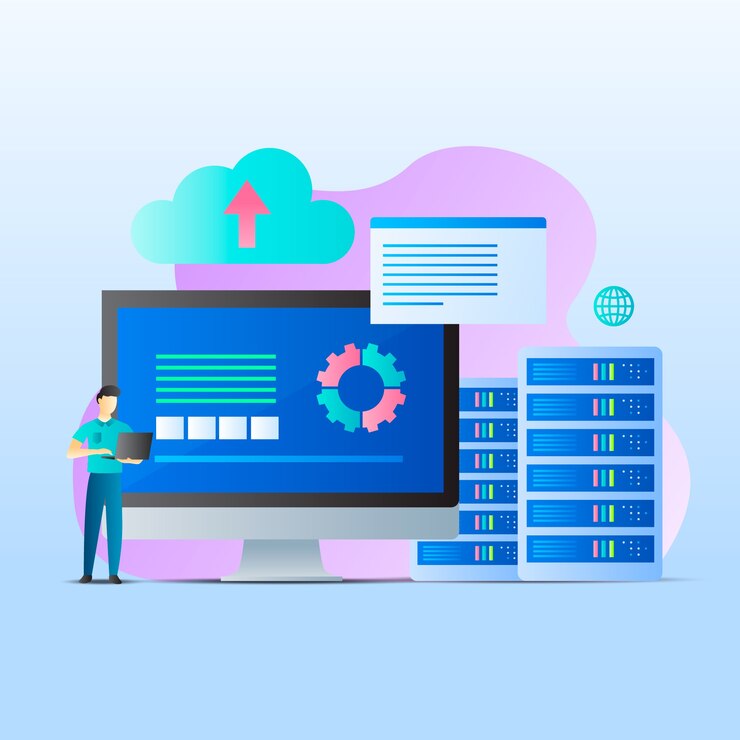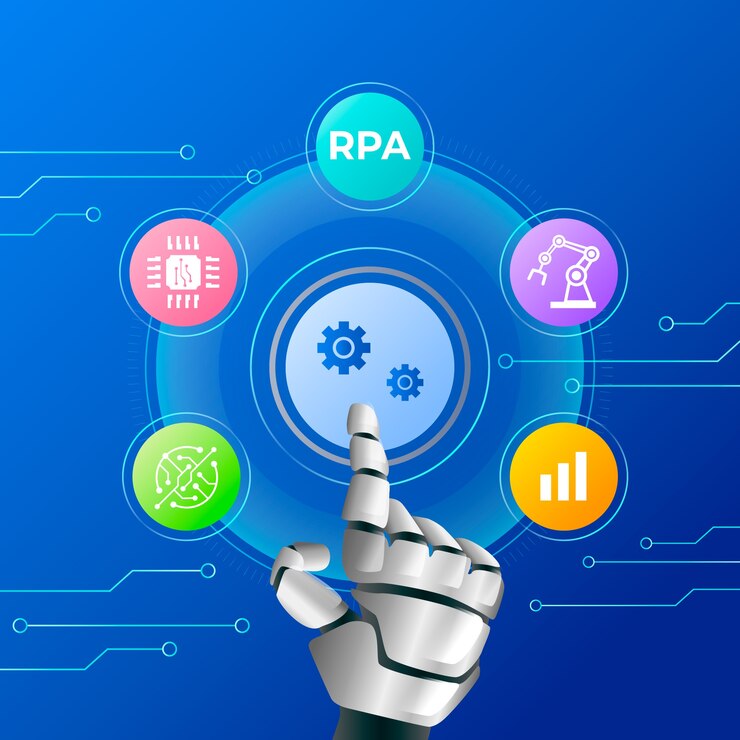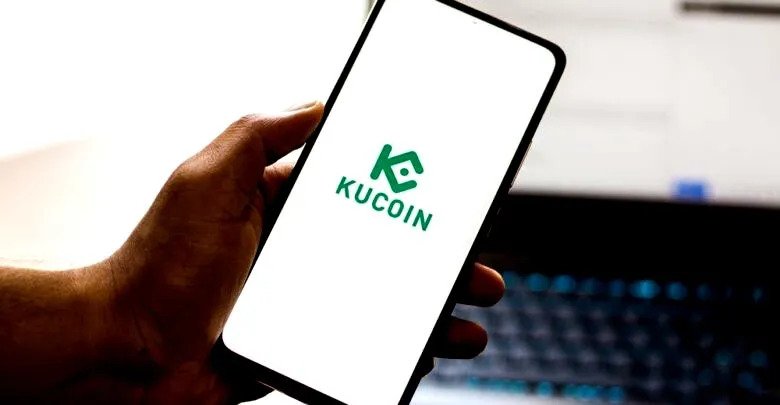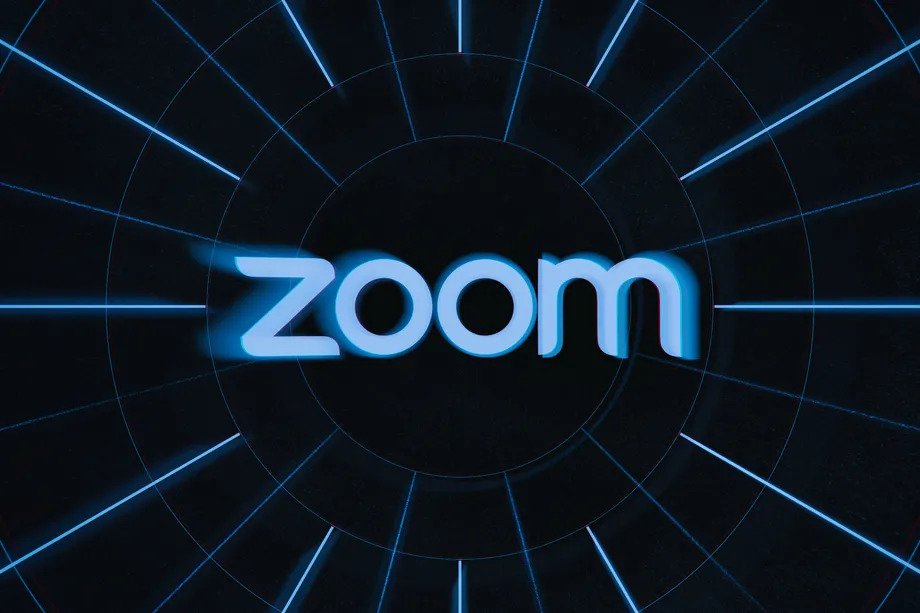With eSIM adoption increasing globally, network carriers need to be prepared for a new
generation of devices with more sophisticated capabilities. One solution is to leverage device
entitlement servers.
Device entitlement servers allow a smoother, more consistent connectivity experience for
subscribers. These systems facilitate a variety of functionality including managing plans and
over-the-air configurations of service settings.

Retaining Customers
As mobile networks evolve to offer more advanced features, subscribers want a consistent
experience across devices. This is why an eSIM provisioning platform is critical. It provides a
convenient way to transfer profiles between multiple devices and allows MNOs to tap into new
revenue streams like companion device upselling.
For instance, if a smartphone needs to be repaired, the repair center can issue a loaner device
with the same eSIM profile and entitlements. This way, the subscriber doesn’t have to go without
a device for a few days and MNOs can boost customer retention.
A device entitlement server helps with this by facilitating the remote eSIM provisioning of
popular companion devices including Samsung gear and Apple Watches. It also offers a
convenient way to manage connection settings that are traditionally managed on the device itself,
such as plan selection, subscription terms and conditions, payment information, and consent. It
does all this using web sheets which can be hosted on the entitlement server or a third-party API-
integrated external websheets service.
Boosting ARPU
The emergence of companion devices like smartwatches and trackers requiring cellular network
connectivity opens new opportunities for MNOs. Device entitlement servers enable eSIM
support in companion devices to deliver a seamless user experience. The server eliminates
complexities by automating registration processes to expedite service activation and reduce user
friction.
As a result, it’s easier to upsell companion devices and add services that boost LTV and ARPU.
With a device entitlement server, telcos can provide multi-SIM functionality to increase ARPU
by providing subscribers with the ability to use their mobile number across multiple devices.
Furthermore, the server can also help operators add value to existing voice plans with voice over
LTE (Vo-LTE) technology, optimize spectrum efficiency and expand into emerging markets
with multi-SIM capabilities for a unique, customer-centric experience. Using the GSMA
Embedded SIM platform, which is fully integrated with the Device Entitlement Server, operators
can implement Vo-LTE services with ease and speed. The unified solution eliminates the need
for manual configuration of Vo-LTE handsets by automatically pushing a XML file with
operator’s service settings to the device.
Adding Value to Existing Services
Enhanced communication capabilities such as Voice-Over-LTE and Rich Communications
Services (RCS) help subscribers enjoy an optimal experience and increase user loyalty. By
implementing these technologies, MNOs can also drive up ARPU by increasing the average
revenue per user.
With the advent of companion devices such as smartwatches, it is important for telcos to ensure
consistent connectivity across all these devices. Device entitlement servers provide seamless
remote eSIM provisioning of these devices. This allows for easy management of service settings
that are traditionally managed from the primary smartphone.
In addition, device entitlement servers enable effortless transfer of the eSIM profile to new
companion devices when users upgrade their primary smartphones. This helps telcos capitalise
on wearables and IoT devices to boost customer retention and increase average revenue per user.
It also allows them to offer feature-enhancing value-added services that increase customer
loyalty and decrease churn. This, in turn, increases customer lifetime value.
Enabling New Services
A Device Entitlement Serve enables operators to add new services such as visual voicemail and
RCS – which increase ARPU and create additional revenue streams. It also allows for the
effortless transfer of eSIM profiles between devices, a feature that is especially important to
users upgrading their primary smartphones and Apple Watches.
A device must be able to determine a number of things such as which of its own operator-
supported services it can access, whether they are currently offline for any reason and if the
device’s current network connectivity permits them. An efficient ES can enable operators to
manage this process, saving them valuable time and resources.
As cellular IoT connections grow, the need for an entitlement server becomes even more crucial.
An entitlement server allows MNOs to connect a new breed of next-generation devices, build
new revenue streams and deliver a richer quality of experience to their subscribers. It also
simplifies and streamlines subscriber authentication and over-the-air (OTA) configurations of
service settings – all from a single, efficient platform.




